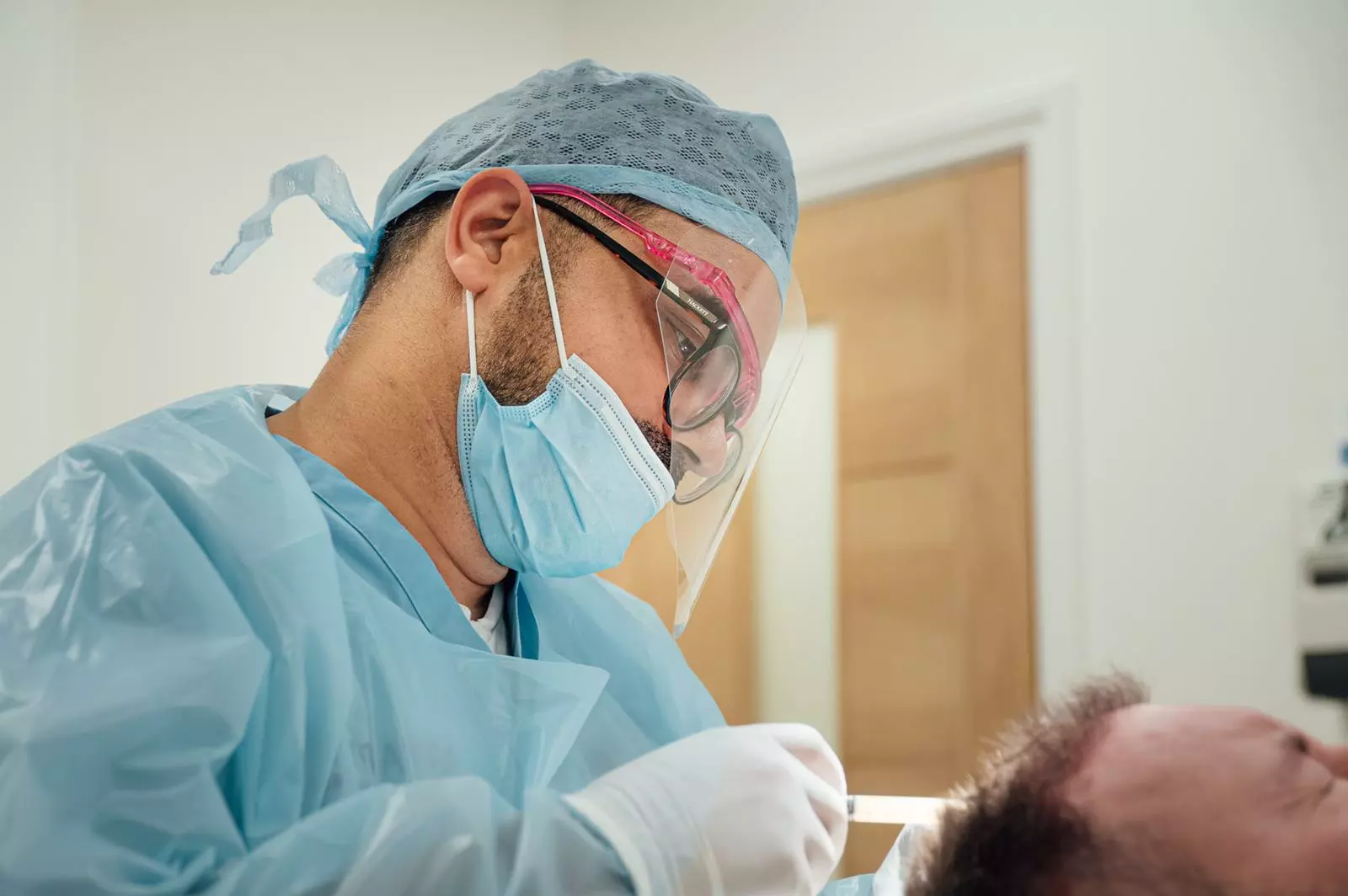The history of hair transplant
One of the services that we can provide at KSL is the highly regarded FUE hair transplant. We are specialised in performing this hair restoration treatment and our expert hair specialists know everything about the procedure. But how did this treatment start out in the first place?
FUE Hair Transplant Precursors
The very first hair transplants occurred in the 1930s when Japanese surgeons performed procedures in which grafts were used to help restore eyebrow and eyelashes, but it wasn’t until two decades later that Norman Orentreich used the first grafts on bald areas of the scalp.
Further techniques were then developed, which resulted in the first popular method of hair transplantation; the Follicle Unit Transplantation (FUT) procedure.
What is the FUT Procedure?
The FUT procedure is where a strip of hair is surgically removed from healthy parts of the scalp, such as the back of the head or even the side, and follicle unit grafts – a collection of hairs ranging from one to four follicles – are then extracted and replanted into the balding area.
The FUT procedure, at the time, was considered to be a groundbreaking procedure, but the one main drawback with the process is that when the grafts are fitted, there tends to be a scar left in the donor area, which is visible if the patient wants short hair.
How Did This Then Develop?
It wasn’t until about two decades ago when two physicians, Dr Ray Wood and Dr Angela Campbell, felt that the original FUT procedure was incredibly invasive and traumatic for some people, which is why they wanted to develop a procedure that wasn’t as traumatic but achieved better results.
This then developed into the Follicle Unit Extraction (FUE) procedure. The premise of this procedure is that the follicle units are extracted individually, using a specialist tool, from healthy parts of the scalp and then replanted into the bald parts of the scalp.
When the FUE transplant procedure first rolled out in the 1990s, the tools that were used were relatively large compared to the size of the hair follicle, meaning that, to start off with, there was a tiny amount of scarring present on the scalp. However, after a few years, the advancement of technology and the medical sector means that the tools became the same size as the hair follicles, resulting in no visible scarring whatsoever.
In the 80 years that hair transplantation procedures have been around, it’s only been the last few years where the FUE procedure has been perfect to ensure that the people that undergo this treatment aren’t traumatised by it and remain calm and confident.
At KSL, we specialise in hair treatments across the UK If you would like to know about the FUE hair treatment that we provide, then please don’t hesitate to contact us. Just give us a call on 0800 023 4050 and one of our hair restoration specialists will be more than happy to help.



